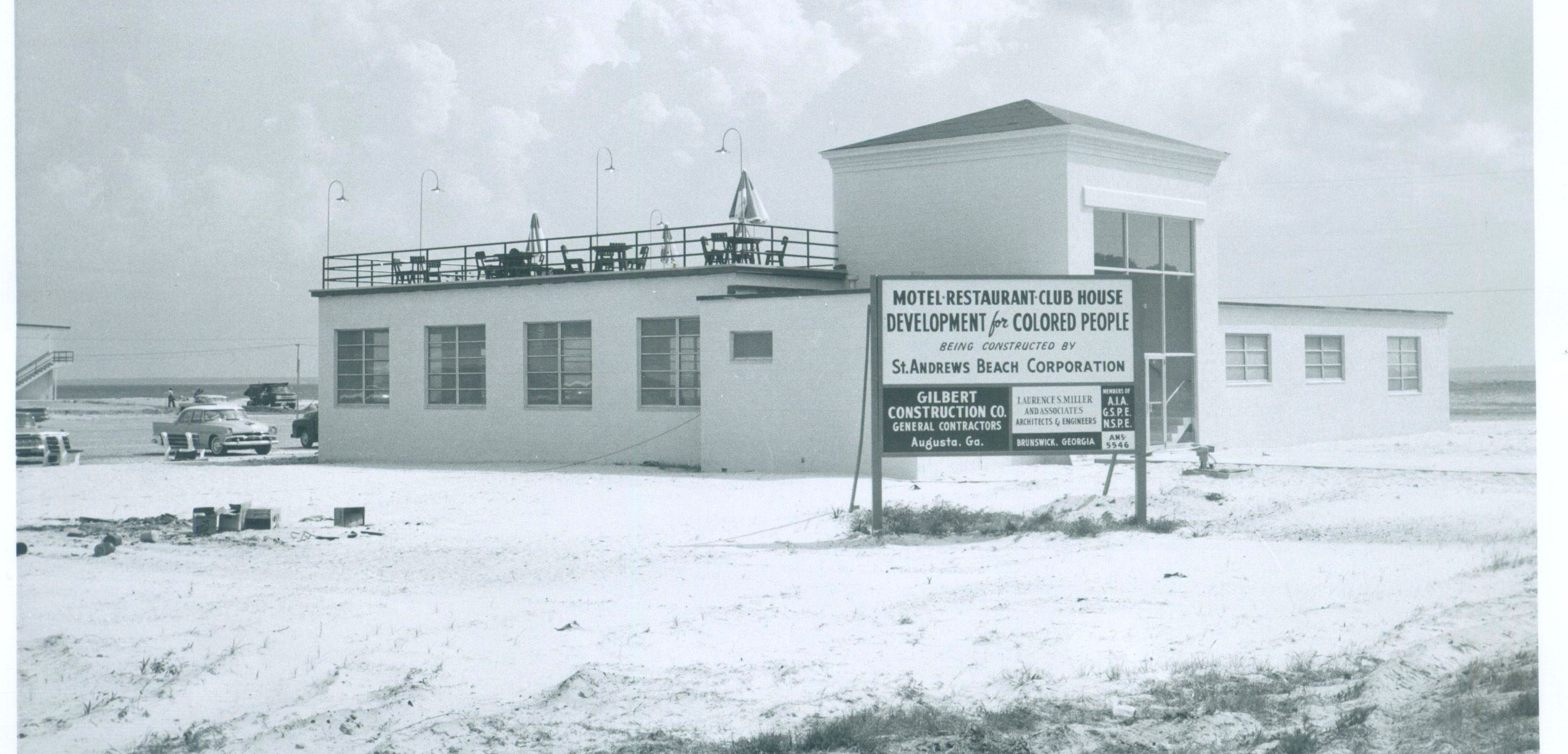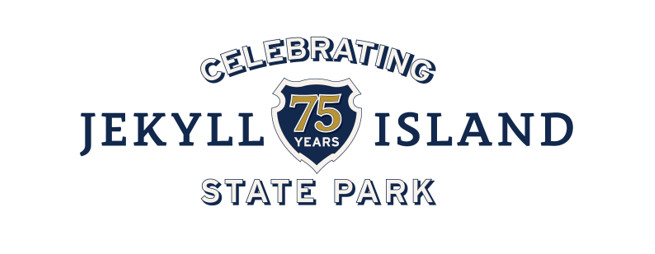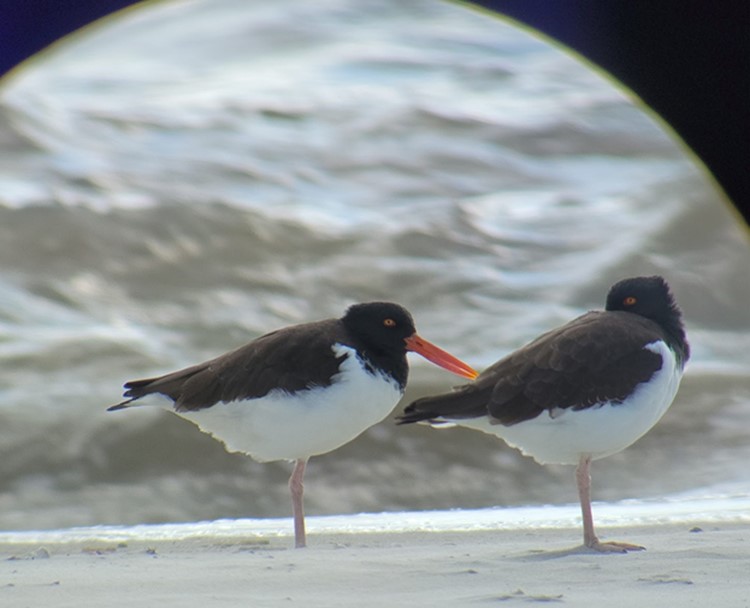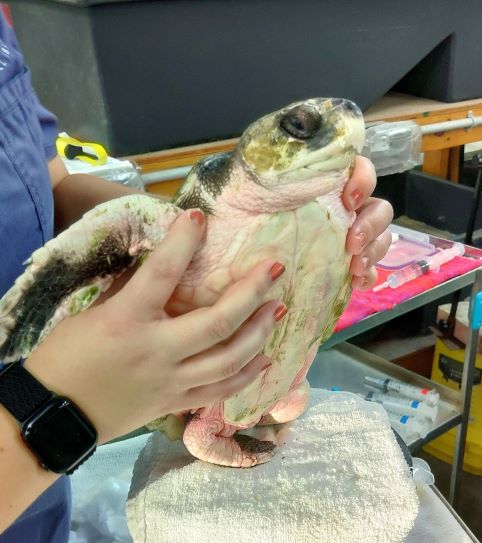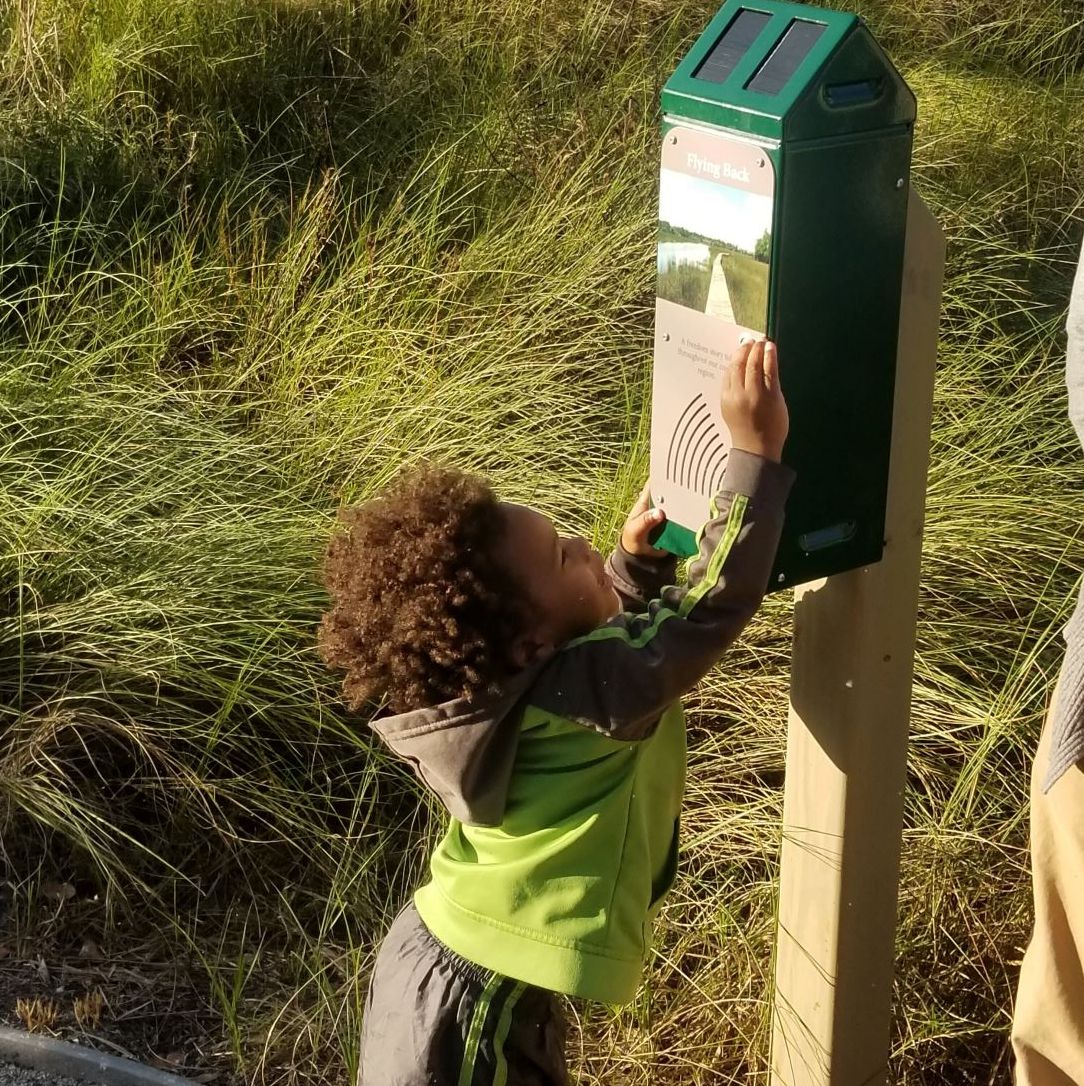By Allison Dupuis, JIA Museum Educator
When Jekyll Island State Park first opened to the public in 1948, it was accessible only to white visitors. In 1950, black leaders from nearby Brunswick petitioned for and won access to the island’s beaches, and St. Andrews Beach at the south end was designated for use by black visitors. Ten years after Jekyll Island’s grand opening, the Dolphin Club and Motor Hotel, a beach resort for black vacationers, opened at St. Andrews Beach—and it would soon be under new management.
The first version of the Dolphin Club lasted less than a year. The hotel officially opened for business in August of 1959, then closed later in 1959 due to financial difficulties. The Jekyll Island Authority bought the property for $299,000. In 1960, they leased it to its longest-running proprietor—Dave Jackson, a respected black banker, farmer, and businessman from the small town of Adel, Georgia.
Jackson’s hometown reputation preceded him. In 1948, a white journalist named Roy Sprigle spent a month traveling across the South, focusing on the experiences of a range of black people in the region. He published his experiences as a serialized article in the Pittsburgh Post-Gazette, and he focused one chapter entirely on Jackson’s notable success as a black farmer in a small southern community. According to Sprigle, Jackson owned two blocks of business property in Adel, along with a thousand acres of some of the best land in Georgia. He was known throughout his community as a hard worker and generous man who helped other farmers, black and white, in times of need. Dave and his wife, Comer King Jackson, worked hard to make themselves known as devoted advocates and examples for their family and their neighbors.
More than a decade later, Dave Jackson’s devotion to his family followed him to Jekyll Island and the Dolphin Club. In 1960, Jackson leased the Dolphin Club property from the Jekyll Island Authority. While Jackson oversaw the entire property, his sisters Annabelle Robinson and Betty Chandler managed the hotel, and his nephew James Chandler supervised the Dolphin Club Lounge. In the years that followed, the Jackson family turned the Dolphin Club into a thriving black vacation destination. As part of the Chitlin’ Circuit, a chain of venues that catered to black performers and audiences, the Dolphin Club Lounge soon attracted big name acts like B.B. King, Clarence Carter, and Percy Sledge. In 1964, Otis Redding performed at the St. Andrews Auditorium, a space built to hold larger performances and conventions on the south end of the island.
All state-owned facilities on Jekyll Island were integrated in 1964, and the Jackson family closed the Dolphin Club in 1966. In the decades since the resort’s closure, the Dolphin Club and the family who brought it so much success have become part of Jekyll Island’s history, celebrated by Mosaic, Jekyll Island Museum. In 2022, Mosaic is excited to share the past 75 years of state ownership of Jekyll Island. To join in the celebration, make sure to explore upcoming programs and opportunities on the Jekyll Island website. To learn more about black history on Jekyll Island, visit the interactive timeline here.
In celebration of Black History Month and the 75th anniversary of state ownership of Jekyll Island, explore the island’s unique black history and musical history—all in one tour! Join the Dolphin Club Days guided trolley tour travels around the south end of the island and includes a musical performance by Ace Winn and refreshments on the grounds of the historic Dolphin Club and Motor Hotel. On the way back to the Mosaic, enjoy music from performers who visited the Dolphin Club and hear oral histories about what life was like on Jekyll Island in the 1950s and 1960s. The tour lasts approximately one hour and fifteen minutes and begins at Mosaic, Jekyll Island Museum.
